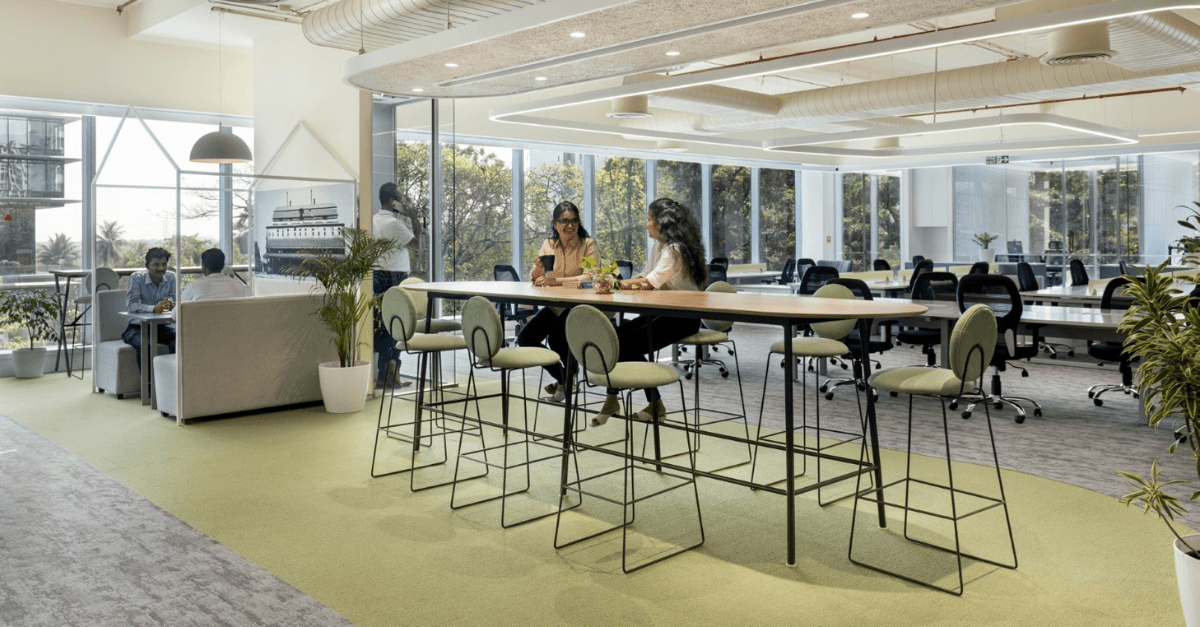
The Impact of Workspace on Employee Productivity
In the dynamic landscape of modern workplaces, the physical environment plays a crucial role in shaping employee productivity and well-being. From open offices to remote work setups, each workspace design has unique implications for how efficiently and effectively employees can perform their tasks. Let’s delve into the key factors that influence employee productivity and how organizations can optimize their workspace to foster a more conducive work environment.
1. Physical Comfort and Ergonomics
One of the fundamental aspects of a productive workspace is physical comfort. Ergonomic furniture, adjustable desks and chairs, proper lighting, and adequate ventilation are essential elements that contribute to the well-being of employees. When employees are comfortable, they are less likely to experience distractions or discomfort that can hinder their focus and productivity.
2. Workspace Layout and Design
The layout of an office can significantly impact collaboration, communication, and individual work focus. Open office layouts promote collaboration and spontaneous interactions, which can enhance creativity and teamwork. However, they may also lead to increased noise levels and distractions, affecting concentration for tasks that require deep focus. Alternatively, private offices or designated quiet areas provide employees with spaces where they can work without interruptions, thereby boosting productivity for tasks that demand sustained attention.
3. Technology and Tools
Access to appropriate technology and tools is another critical factor influencing productivity. Fast and reliable internet connectivity, up-to-date software, ergonomic keyboards, and dual monitors are examples of tools that can streamline workflows and facilitate efficient task completion. Moreover, intuitive digital platforms for communication and project management can enhance collaboration among team members, regardless of whether they are working in the same physical space or remotely.
4. Aesthetic and Environmental Factors
The aesthetic appeal of a workspace can have psychological effects on employees. Natural light, greenery, and aesthetically pleasing decor contribute to a positive work environment and can improve mood and motivation. Additionally, maintaining a clean and organized workspace reduces stress and promotes a sense of professionalism and pride in one’s work environment.
5. Flexibility and Remote Work
The rise of remote work has reshaped traditional notions of the workspace. Many organizations now offer flexible work arrangements, allowing employees to work from home or alternate locations. While remote work offers advantages such as flexibility and reduced commuting stress, it also presents challenges related to communication, collaboration, and maintaining a healthy work-life balance. Employers need to carefully balance remote work policies with the need for in-person collaboration and team cohesion.
6. Employee Well-being and Engagement
Ultimately, a workspace that prioritizes employee well-being and engagement fosters higher productivity. Employee engagement initiatives, such as wellness programs, social activities, and opportunities for professional development, contribute to a positive work culture where employees feel valued and motivated to perform at their best.
Conclusion
In conclusion, the impact of workspace on employee productivity is multifaceted, encompassing physical comfort, workspace layout, technology, aesthetics, flexibility, and employee well-being. By understanding these factors and tailoring the workspace to meet the needs of employees, organizations can create environments that inspire creativity, collaboration, and efficiency. As workplaces continue to evolve, maintaining a balance between innovation and employee satisfaction will be key to driving sustainable success in the modern era.



